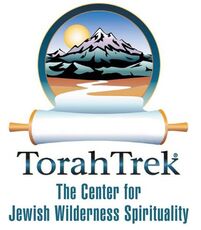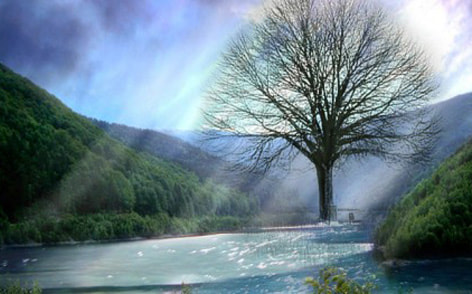Quotables: Wild Judaismby Rabbi Mike Comins In the below passage, the 13th century Torah commentator Nachmanides, the Ramban, shares his extraordinary view on tzelem Elohim, the image of God. In Genesis 1:26, God says, “Let us make the human in our image, after our likeness.” The immediate problem is the plural language. Who is God speaking to? Besides God, in whose likeness, at least in part, does God presumably create the human? The second issue is that in our chapter, the verb bara (create) is used only when God is the subject, and only in two instances: the first act of creation (Genesis 1:1) and here, with regard to the human (1:27). In the first instance God, it is reasoned by medieval, religious philosophers like Nachmanides, created the universe yesh m’ayin, that is, creatio ex nihilo, something from nothing. (This is in opposition to the plain meaning of the text, where we meet an already created universe of tohu v’vohu, of chaos. For various reasons, this was unacceptable to the philosophers.) Since the verb bara appears again with reference to the creation of the first human, many conclude that people, too, were created yesh m’ayin. Not so, says Ramban.
According to Ramban, then, when God created the human b’tzelem, in God’s image, this includes both the tzelem of the “higher beings,” and the tzelem of the earth. It can be argued that the tzelem of the earth is different from tzelem Elohim, the tzelem of God, but that would apply to the tzelem of the “higher beings” as well. Since the text says that God created the human b’tzalmo, in “his” image, not “our” image, the best explanation is that the tzelem or image of the Divine that we humans embody is made up of both components, of both spirit and the earth!
While my own metaphysics does not entertain the strict separation of spirit and matter that medieval thinkers took for granted, I can only take heart from Nachmanides commentary. For us humans, to be created in the image of God is to be created in the image of the earth; there is no difference.
1 Comment
Doug Moore
5/20/2023 12:14:29 pm
I am very interested in Nahmanides commentary on Gen.2.7
Reply
Leave a Reply. |
Welcome to the TorahTrek eJournal! Here you will find videos, interviews, articles, photos, and educational materials on the interconnections between Judaism, wilderness, spiritual practice and sustainability. Our goal is to support the spiritual/ethical lives of individuals, enliven and strengthen the Jewish community, and promote a sustainable society living in balance with the earth. Explore the eJournal by clicking on the topics below. Please share these resources with your friends! Topics
All
|


 RSS Feed
RSS Feed